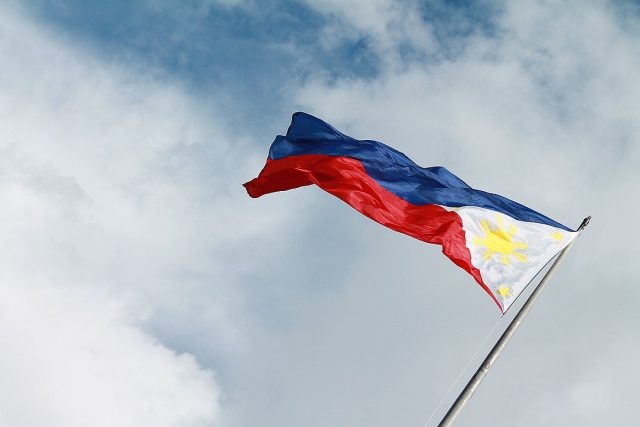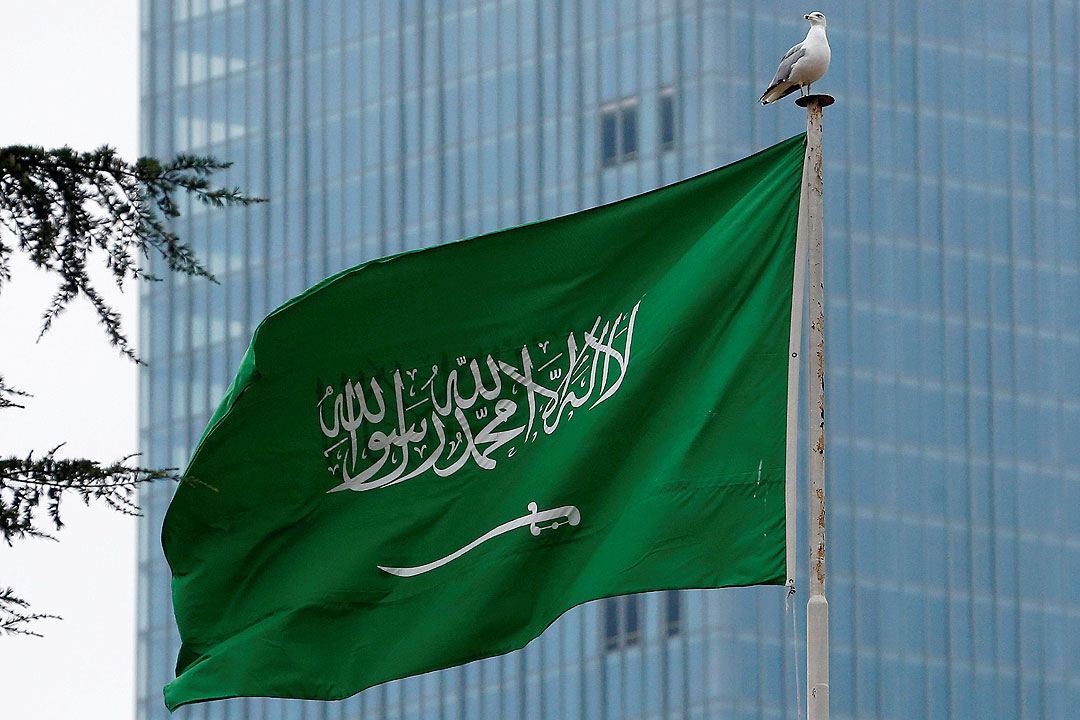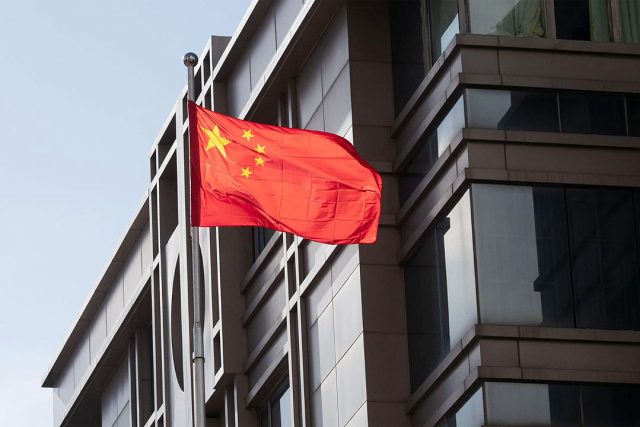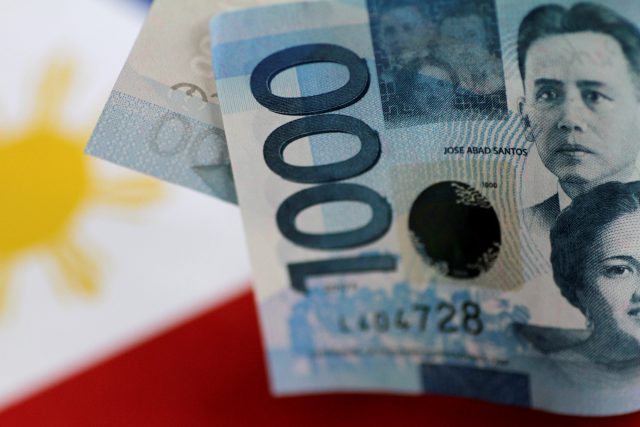No country was exempt from the economic impact of COVID-19. All nations had to swallow their fair share of economic reversals, albeit to varying degrees. Unfortunately, the Philippines is by far the most economically devastated in Asia.
We already know that the economy contracted by 9.6% last year, followed by another contraction of 4.2% in the first quarter of this year. Notwithstanding the second quarter growth 11.8%, full recovery from five quarters of contraction will only be realized by end-2023, assuming there are no more lockdowns.
The culprit behind our massive economic reversal was the six-month lockdown last year and the sporadic lockdowns this year. Our lockdowns are so oppressive that they paralyze both retail and manufacturing supply chains. The former is significant since we are a consumer driven economy. Factory output plunged by 7.1% last year.
The National Economic Development Authority (NEDA) reported that the economy lost the equivalent of $86 billion in economic output last year. And since quarantines, lockdowns, and social distancing will continue to dampen consumer spending and investments, NEDA forecasts that the pandemic will cost us another $740 billion in economic activity in the next 20 years.
What stings acerbically is that our neighbors are slowly adapting to life with COVID-19. They are opening their economies, including tourism, opening their schools, and starting to live life with relative normalcy. Their economic recoveries are in full swing and happening much faster than ours.
What made our neighbors more resilient to the pandemic? Let me site the best practices of three Asian countries.
VIETNAM
Like us, Vietnam is bereft of vast resources to fight the virus spread. Yet, the Doi Moi republic has succeeded in keeping the virus at bay. They succeeded despite being highly vulnerable due to a shared land border with China and robust trade between them.
What made all the difference for Vietnam was its decision to close their borders to the Chinese as soon as the Wuhan virus broke out back in Jan. 3, 2020. The move retarded the initial spread of the virus.
Within the first week of the pandemic, the Vietnamese government embarked on a massive information campaign that leveraged the country’s top 13 online news outlets. The people were educated on the nuances of the virus, its threats and how to avoid infections. No room was allowed for disinformation.
Vietnam’s greatest defense, however, is its nationwide contact tracing system through a government-owned app called NCOVI. It has become the most downloaded app in Vietnam since its launch in March 10, 2020. Trust in the app is so established that citizens voluntarily share their personal health information and travel movements on this app. The app has enabled the Vietnamese government to identify case clusters hotspots in real time. This enabled authorities to implement cluster isolations instead of debilitating city-wide lockdowns.
THAILAND
The military government of Thailand refused to disrupt their economy. They never imposed a hard lockdown. In fact, even street food vendors were allowed to operate at the height of the virus spread so as not to compromise their livelihoods. Despite being under military rule, the Thai government has been praised for their compassion towards daily wage earners.
In the early days of the pandemic, the Thai government embarked on a television information campaign organized by the Center for COVID-19 Situation Administration (CCSA). The program was hosted not by a politician or a general but by a professional medical doctor. It became the most watched TV show in the country. Enjoying high credibility, the doctor educated the public on the characteristics of the virus, provided outbreak updates and tips for infection mitigation. The Thai government focused on immune system strengthening and hygiene. It rallied the public to eat well, take supplements, and live a balanced life.
The Thais also had a testing and contact tracing mechanism in place. Those who tested positive and those with flu symptoms were immediately subjected to isolation.
There were two game changing factors that enabled the Thais to effectively combat the virus. The first is the high credibility of its public health system. Public health is one of the few non-politicized facets of Thai life. Public health authorities have enjoyed a high trust rating for over 50 years. They succeeded in implementing a family planning program in the 1970s, HIV-AIDS prevention in the 1980s and ’90s, and the public sanitation campaign called “Tawiset” in the 2000s, all without corruption scandals. Thailand’s successful COVID-19 response was built on the close cooperation between the public health system and civil society.
The second is Thailand’s universal healthcare system established in the early 2000s. The system provides high quality and affordable healthcare for 98% of citizens. It is funded by general income tax which is why healthcare facilities across the country are capacitated with equipment and drugs. Public healthcare facilities, even if free, are superior to private hospitals.
SOUTH KOREA
Following the mass infection in Daegu, the Korean government launched an information campaign to ensure that there would be no confusion about what needs to be done to prevent similar incidents. The Korean Center for Disease Control maintained full transparency in sharing COVID-related information to the public.
The Korean pandemic response is based on containment and mitigation. Containment measures started immediately after the first case was identified in China on Dec. 30, 2019. The Korean government focused on identifying infected patients and immediately isolating them to interrupt transmission. Massive testing was undertaken across the country using diagnostic kits accessible through drive-through and walk-through service. The Korean government commissioned more than 100 labs working round the clock with daily testing capacity of 20,000 and this has been crucial in keeping COVID-19 at bay. Infection mitigation followed that involved country-wide tracking and tracing.
The third line of attack was to building strong treatment capacities. Five isolation hospitals were built specifically to care for those designated as critical or severe. Mild cases were handled by a network of public community hospitals. Bed spaces were also created through revamped hotels, gyms, and residential centers. And since South Korea has a well-developed pharmaceutical industry, the Koreans were able to stockpile on vital medicines to help those infected.
THE PHILIPPINES
The Philippines had none of the defenses of its neighbors.
Even after 18 months, government is still bereft of a nationwide COVID-19 testing network. Neither has it made testing accessible and affordable for the majority. It still does not have a functioning tracking and tracing mechanism (government’s StaySafe.ph is riddled with bugs and is not widely used). Even at this late stage, the National Government still relies on fragmented data from LGUs for tracking and tracing.
Government has not used the lockdown to significantly augment medical capacities, especially ICU beds. Budget allocations provided by Bayanihan I and II were not used to purchases sufficient supplies of ventilators and COVID-19 meds such as Tocilizumab, Remdesivir and Avigan. In terms of vaccination, the Philippines is only ahead of Myanmar in the region in terms of percentage of population vaccinated.
The inability to set-up proper defenses against the virus that causes COVID-19 has left government with only one weapon — lockdowns.
In short, we are suffering the brunt of the pandemic because government has not established a credible information network, a nationwide testing effort, a tracking and tracing mechanism, and ample medical capacities.
Government’s pandemic response was heavy handed but inefficient, aggressive but incomplete, haughty but ineffective, arrogant but corrupt. This is why the Philippines is the most economically devastated.
Andrew J. Masigan is an economist
andrew_rs6@yahoo.com
Facebook@AndrewJ. Masigan
Twitter @aj_masigan













